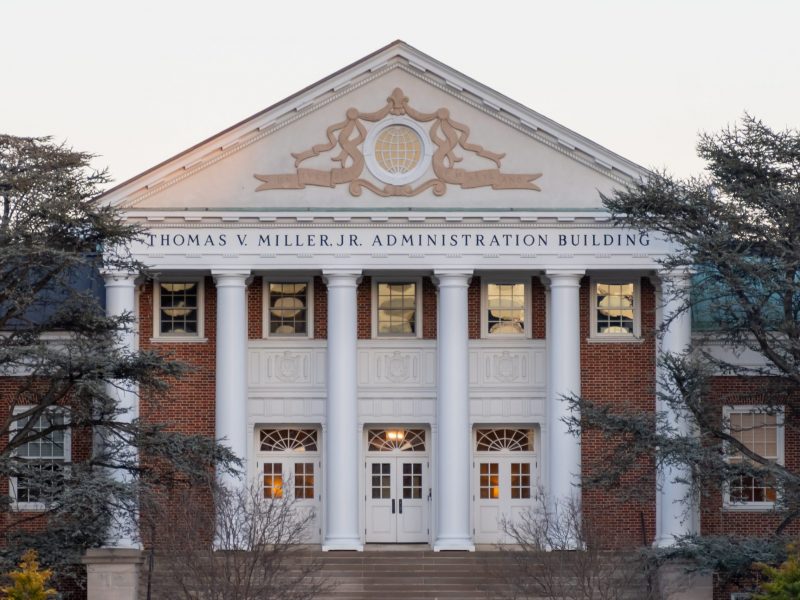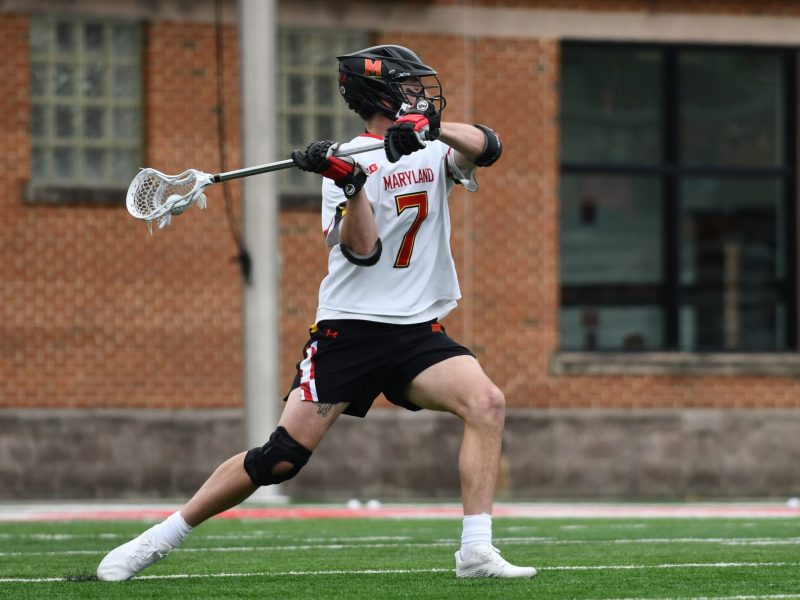
Matt Dragonette
In the wake of the mass shooting at Umpqua Community College, everyone from President Obama to the murderer’s father called for stricter “control” over the purchase, ownership and carrying of guns. The United States, which has the highest per capita gun ownership in the world, has a high homicide rate in general; however, calls for “gun control” generally increase following well-publicized “mass shooting” events. These mass shootings, defined as the killing of at least four people with a firearm, have received enormous attention in the media, especially when they occur at schools.
In this progressive and popular media narrative, high rates of “unregulated” gun ownership leads to a seemingly ever more violent America, where “assault weapons” are used regularly to kill with impunity. Gun owners — and their defenders — are constantly demonized and criticized in the media. A New York publication went so far as to publish lists of names and addresses of gun permit owners online.
The truth about our violent culture is far more inconvenient than many of us care to admit. It’s almost impossible to identify one specific reason for America’s high homicide rate. Sure, access to weaponry is one, but so is mental health, media sensationalism, gang and drug violence, economic disparities, cultural factors and the lack of a police state to strictly control the population. America’s violent crime rate, though still high, has fallen significantly since the mid-1990s. This fact, among others, runs counter to the anti-gun narrative.
For instance, why does Switzerland have such a relatively low homicide rate yet the third highest guns per capita in the world? Perhaps most surprisingly, there is no correlation between rates of gun ownership and homicides on a state-by-state basis. Additionally, the effect of strong gun control regulation is dubious at best. Washington, Chicago and Los Angeles, some of the most violent cities in the country, also have some of the strictest gun laws. If one were to exclude D.C., California, New Jersey, and Illinois from American homicide figures, the U.S. would have a murder rate in line with the rest of the world. Ironically, these four jurisdictions combine some of the toughest gun laws in America.
Studies on the federal assault weapon and high-capacity magazine bans have shown these measures to have little effect on overall rates of gun violence. And as much as we hear about assault weapons used in killings, rifles accounted for just 285 homicides in 2013 — less than 2.5 percent of the 12,253 homicides that year. The vast majority of firearm related homicides are caused by handguns. In total, guns accounted for almost 70 percent of homicides, but knives accounted for almost 1,500 murders.
Obviously, the United States remains a violent nation, at least compared with its democratic peers. But that’s no reason to restrict the average citizen’s access to weapons. Private gun ownership of handguns and long guns without significant regulation can be justified in the United States for two simple reasons: The Second Amendment and a right to self-defense.
The Second Amendment, which states, “A well regulated militia, being necessary to the security of a free State, the right of the people to keep and bear arms, shall not be infringed,” is a constitutional guarantee of the right to own a gun. While no constitutional right is absolute — you can’t shout “fire” in a movie theater — citizens have the right to purchase, own and use weapons. The Supreme Court has affirmed this right, most recently in District of Columbia v. Heller, which overturned D.C.’s handgun ban. The court has acknowledged the government’s right to regulate gun ownership, especially for felons and the mentally ill, but concluded in Heller that, “The Second Amendment protects an individual right to possess a firearm unconnected with service in a militia, and to use that arm for traditionally lawful purposes, such as self-defense within the home.”
As shown in that case, Americans have the right to defend themselves. Guns are frequently used in self-defense, even if the person does not fire a weapon. In 2008, gun owners used weapons in self-defense between 500,000 and 3 million times compared with 300,000 violent crimes involving firearms that same year; and since the Supreme Court has declared (in Castle Rock v. Gonzales) that police do not have a constitutional duty to protect citizens, Americans have the moral right to protect themselves and their loved ones from mortal danger. Whether it’s a woman protecting herself from an abuser, a parent stopping a home invasion or a man shooting his dangerous attacker, guns provide law-abiding citizens with an equalizer to protect themselves.
While an efficiently run background check might not violate constitutional and moral rights, simply banning guns or heavily restricting their usage surely does. The First Amendment guarantees Americans the right to free speech, press and religion; the Second Amendment guarantees the right to weapon ownership. Americans need to be wary of treading on constitutional rights when trying to solve serious problems.


